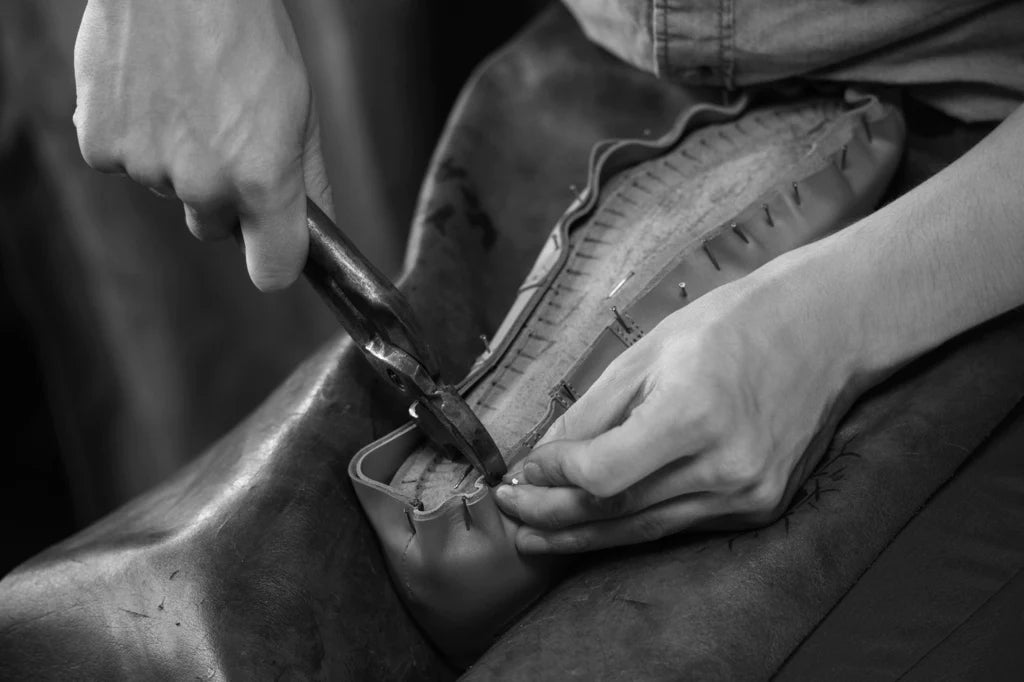
The Art of Traditional Shoemaking: Stretching Leather on a Wooden Shoe Last and Crafting the Perfect Sole
In today's fast-paced world of mass production and mechanization, the age-old craft of traditional shoemaking stands as a testament to the beauty of handmade goods. While modern techniques have undoubtedly revolutionized the industry, there is something captivating about the meticulous process employed by traditional shoemakers. In this blog post, we delve into the intricate art of stretching leather on a wooden shoe last and the creation of a shoe sole, illuminating the craftsmanship and attention to detail required to fashion footwear that exudes both quality and comfort.
- Understanding the Role of a Shoe Last
Before delving into the stretching of leather and the construction of the shoe sole, it is crucial to comprehend the significance of the shoe last. The shoe last serves as the foundation and framework around which a shoe is built. Typically made of wood, it is shaped to mimic the foot's anatomy and offers the shoemaker a precise template for crafting the shoe's upper and sole.
- Selecting the Leather
The choice of leather is a pivotal aspect of traditional shoemaking. High-quality, durable leather is selected, as it ensures both longevity and comfort. Skilled shoemakers meticulously select the leather, taking into account factors such as grain, thickness, and flexibility, to ensure it suits the shoe's intended purpose.
- Preparing the Leather
To stretch the leather on the shoe last, it must first undergo a series of preparatory steps. The shoemaker begins by soaking the leather in water to increase its pliability and make it more amenable to stretching. This soaking process can take varying amounts of time, depending on the leather's thickness and quality.
- Lasting the Leather
Once the leather has been adequately soaked, it is time to stretch and shape it onto the shoe last. The shoemaker begins by carefully placing the last within the leather, ensuring that it aligns with the material's grain direction. The leather is then meticulously pulled and stretched over the last's contours, using the shoemaker's expertise to achieve a precise fit.
During this process, the shoemaker may employ specialized tools, such as lasting pliers, to exert controlled pressure and manipulate the leather without damaging it. The leather is gradually pulled and secured around the last, creating a smooth and taut surface that will later form the shoe's upper.
- Drying and Setting
After the leather has been skillfully stretched and shaped, the shoe last, with the leather still attached, is set aside to dry. During this crucial phase, the leather naturally conforms to the contours of the last, acquiring the desired shape and fit.
The drying process can take several days, depending on the ambient temperature and humidity levels. It is crucial to allow the leather ample time to dry thoroughly, as premature removal from the last may result in deformation or an ill-fitting shoe.
- Creating the Shoe Sole
While the leather dries, the shoemaker focuses on crafting the shoe sole, a vital component of any shoe. The sole provides stability, protection, and comfort for the wearer. Traditionally, the shoemaker would use layers of leather or a combination of leather and rubber to construct the sole, employing stitching or adhesive techniques to ensure durability.
Using various tools and machinery, the shoemaker skillfully cuts and shapes the sole material, taking into account the shoe's design, function, and desired aesthetic. The edges of the sole are meticulously trimmed and beveled to create a seamless transition between the upper and the sole, enhancing both the shoe's appearance and comfort.
- Attaching the Sole to the Upper
Once the leather has dried and the sole has been crafted, it is time to join these two integral parts of the shoe. The shoemaker carefully removes the now dry leather from the shoe last, taking care to maintain its shape and form. With precise attention to detail, the shoemaker aligns the upper with the sole, ensuring a perfect fit and seamless transition between the two components.
To attach the sole to the upper, traditional shoemakers employ a variety of techniques. One common method is stitching, where the shoemaker meticulously sews the upper and the sole together using strong, durable threads. This hand-stitching technique not only ensures a secure bond but also adds an aesthetic element, showcasing the craftsmanship and artistry of the shoemaker.
- Finishing Touches and Detailing
With the sole attached, the shoemaker proceeds to add the finishing touches and detailing that elevate the shoe's overall appearance and functionality. This stage involves carefully trimming any excess leather, refining the edges, and polishing the shoe to perfection.
The shoemaker may also add additional features such as heel counters, reinforcement materials, or decorative elements like broguing or hand-painted designs. Each of these elements is meticulously crafted and added, ensuring the final product is a work of art that reflects the artisan's skill and creativity.
- Quality Control and Final Fitting
Before the shoes are ready to be worn, they undergo a rigorous quality control process. The shoemaker inspects each shoe, examining the stitching, the sole attachment, and the overall craftsmanship. Any imperfections or inconsistencies are addressed and rectified, ensuring that only the highest-quality shoes make their way into the hands of customers.
Once the quality control process is complete, the shoes are ready for a final fitting. This step allows the shoemaker to ensure that the shoes fit comfortably and snugly, providing the wearer with optimal support and comfort. Any necessary adjustments are made, such as adding insoles or adjusting the fit, to ensure a perfect fit.
Conclusion
The traditional art of shoemaking, with its intricate process of stretching leather on a wooden shoe last and crafting the shoe sole, showcases the remarkable skill, precision, and dedication of the shoemaker. From the careful selection of high-quality leather to the painstaking stretching and shaping of the material, every step in the process contributes to the creation of a meticulously crafted shoe.
The combination of traditional techniques, attention to detail, and craftsmanship results in footwear that not only exhibits exceptional quality but also embodies the rich history and heritage of shoemaking. While modern technology and automation have transformed the industry, traditional shoemaking techniques continue to captivate enthusiasts and aficionados, reminding us of the value of handmade goods and the artistry behind them.
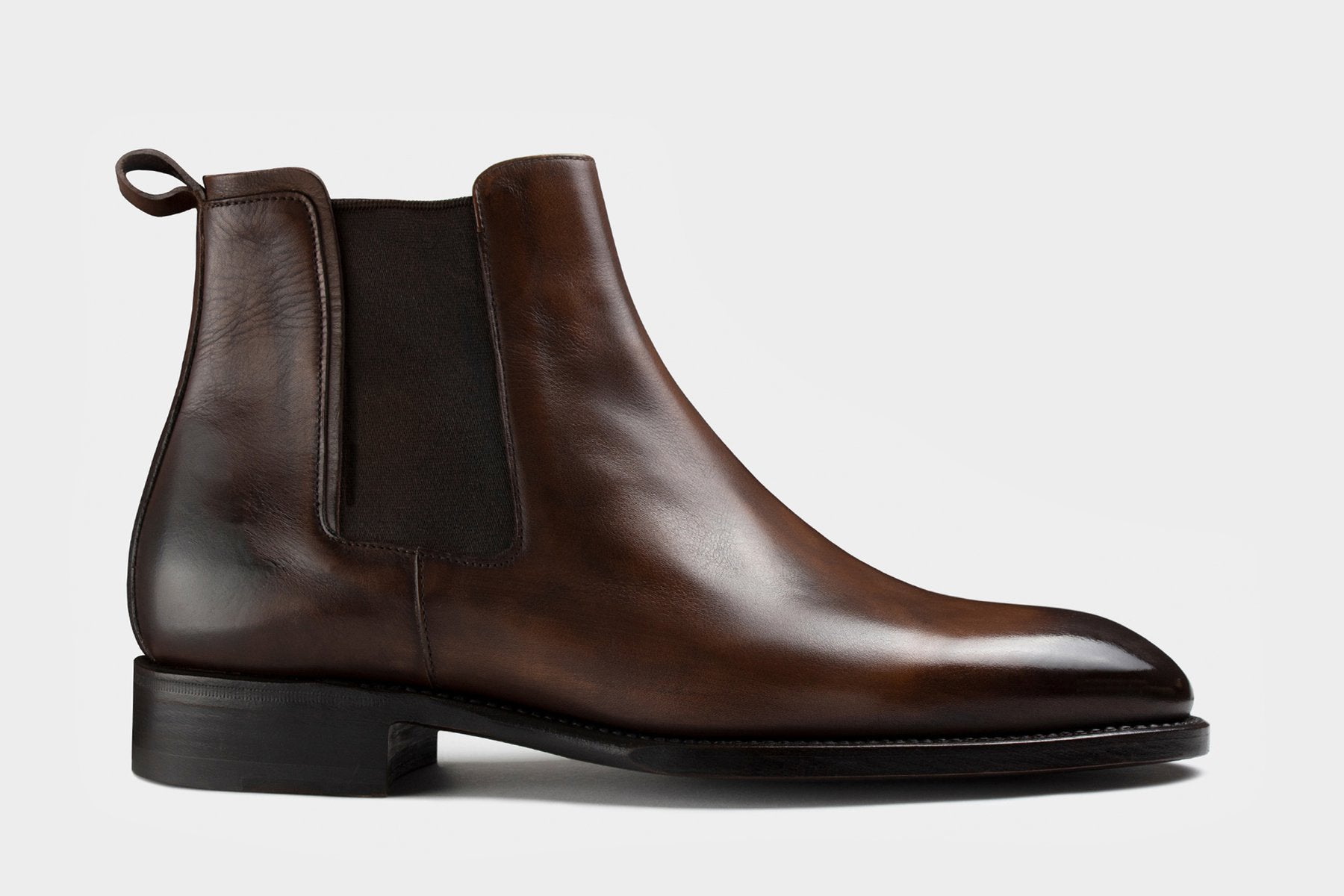
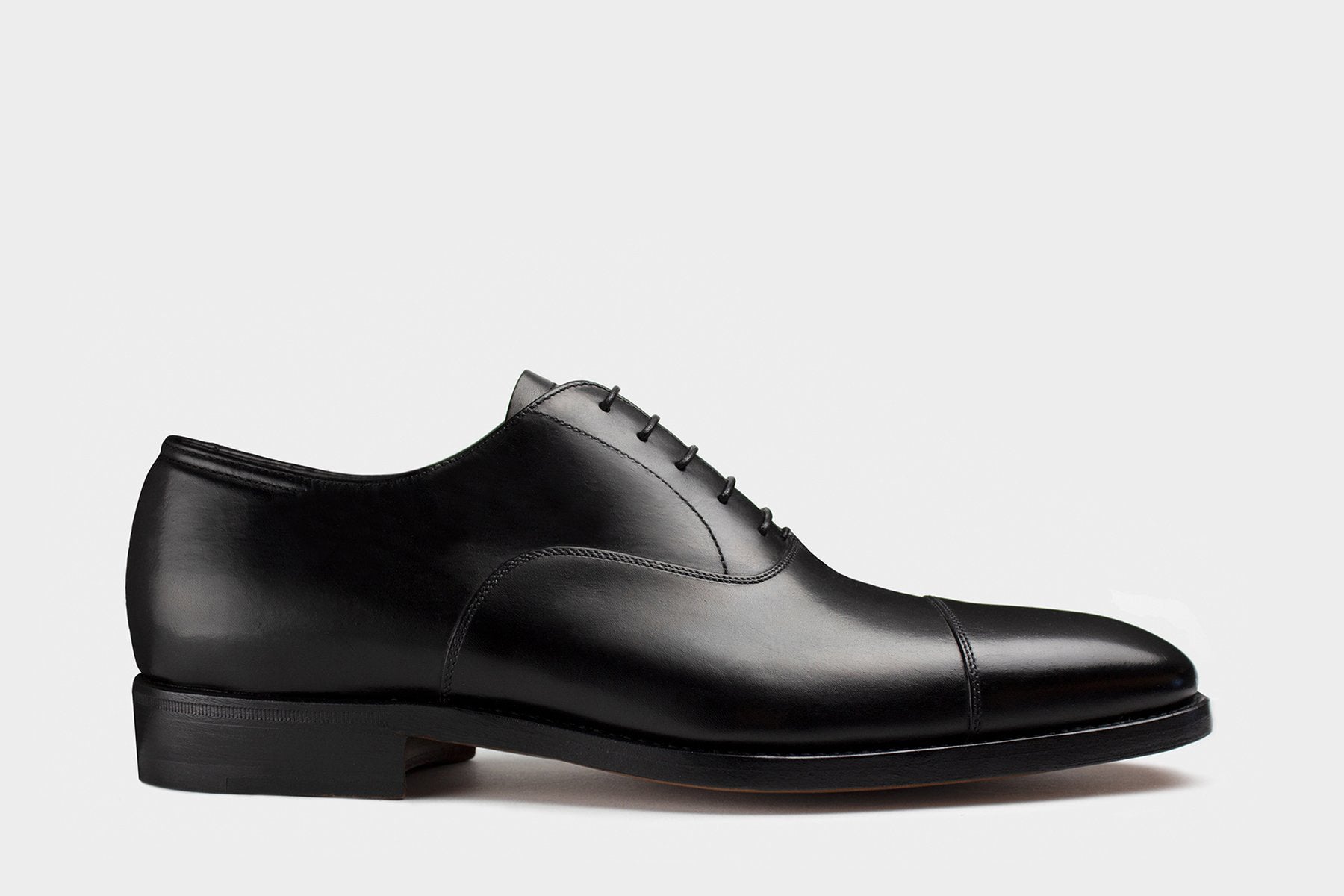
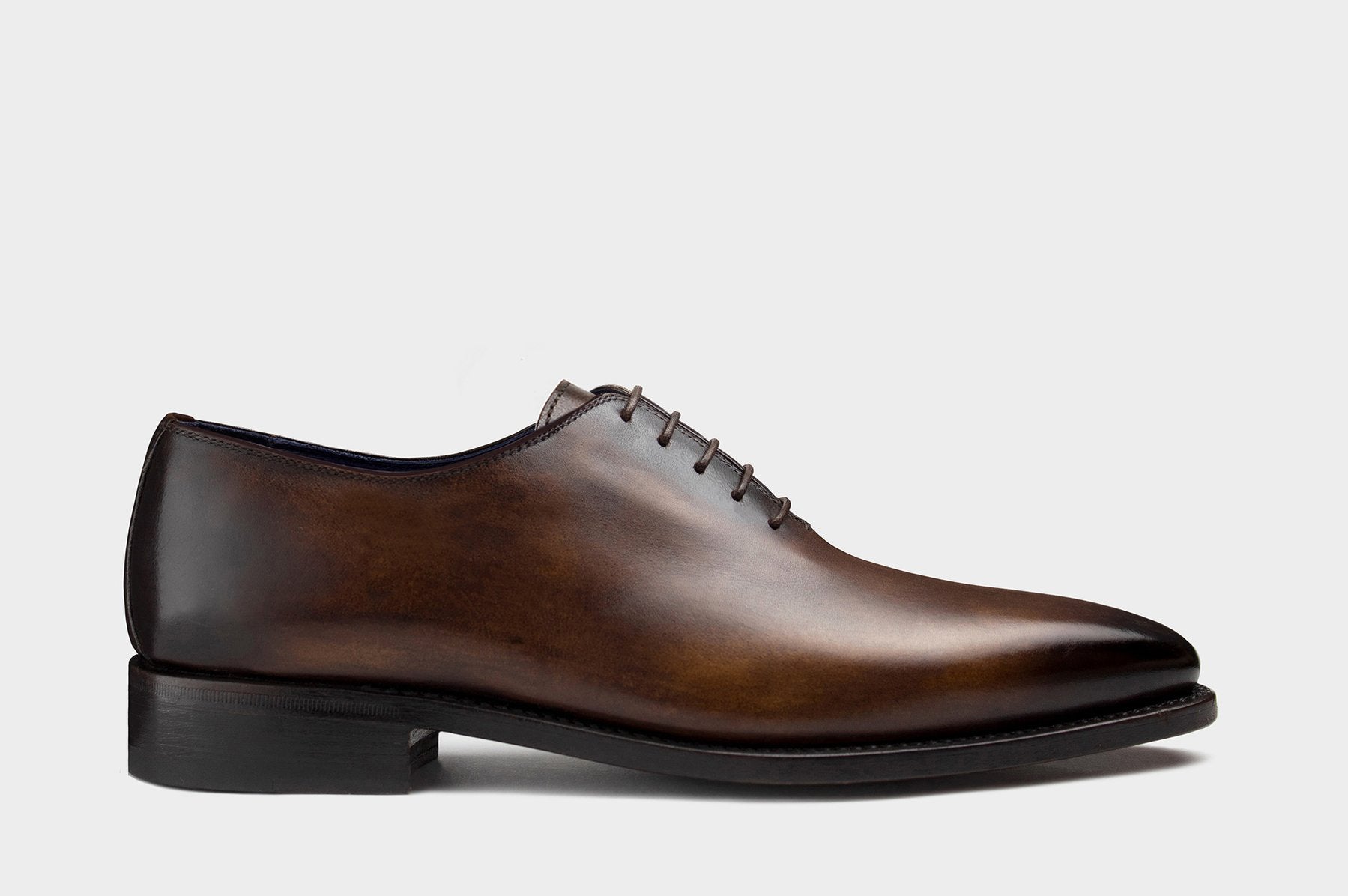
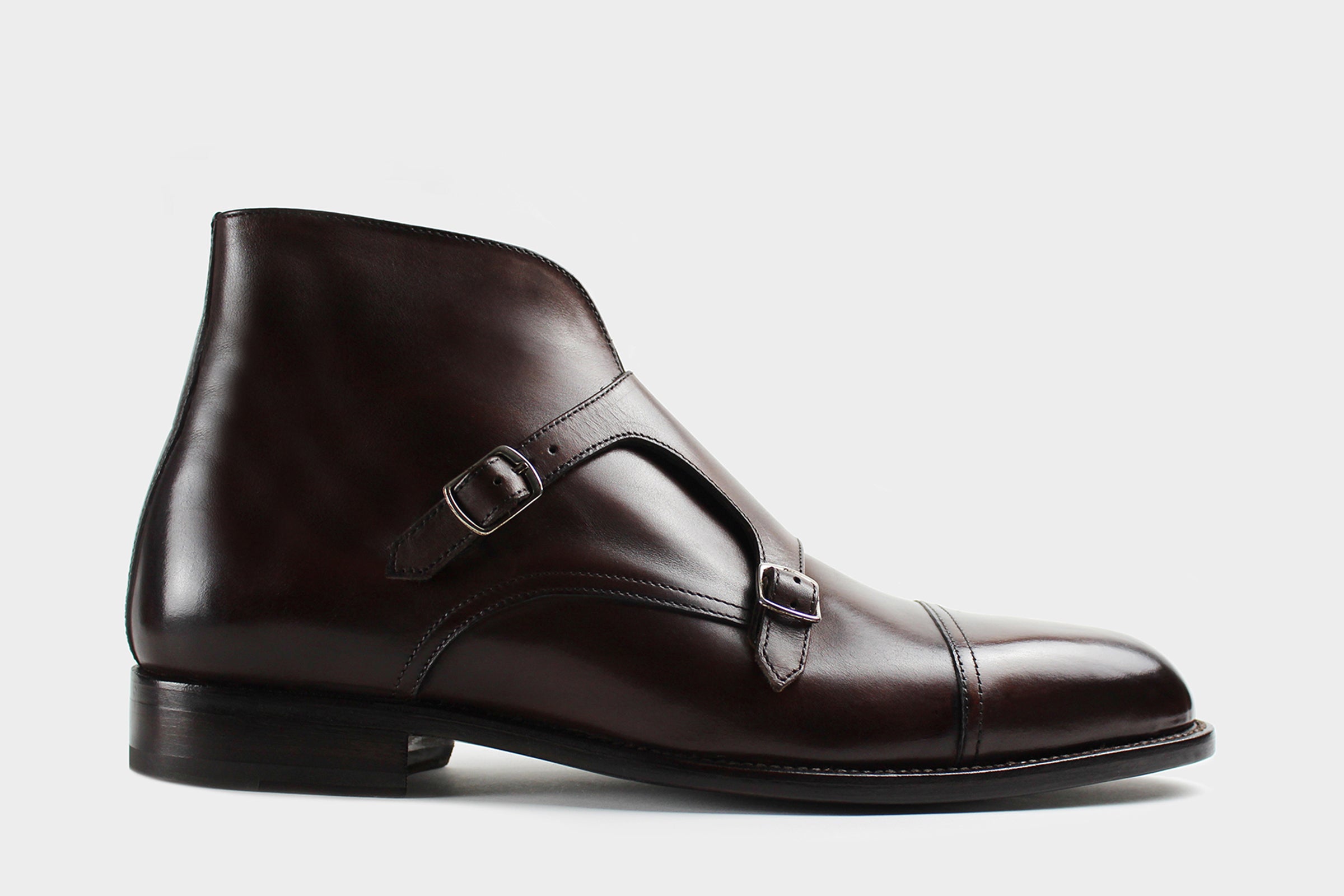
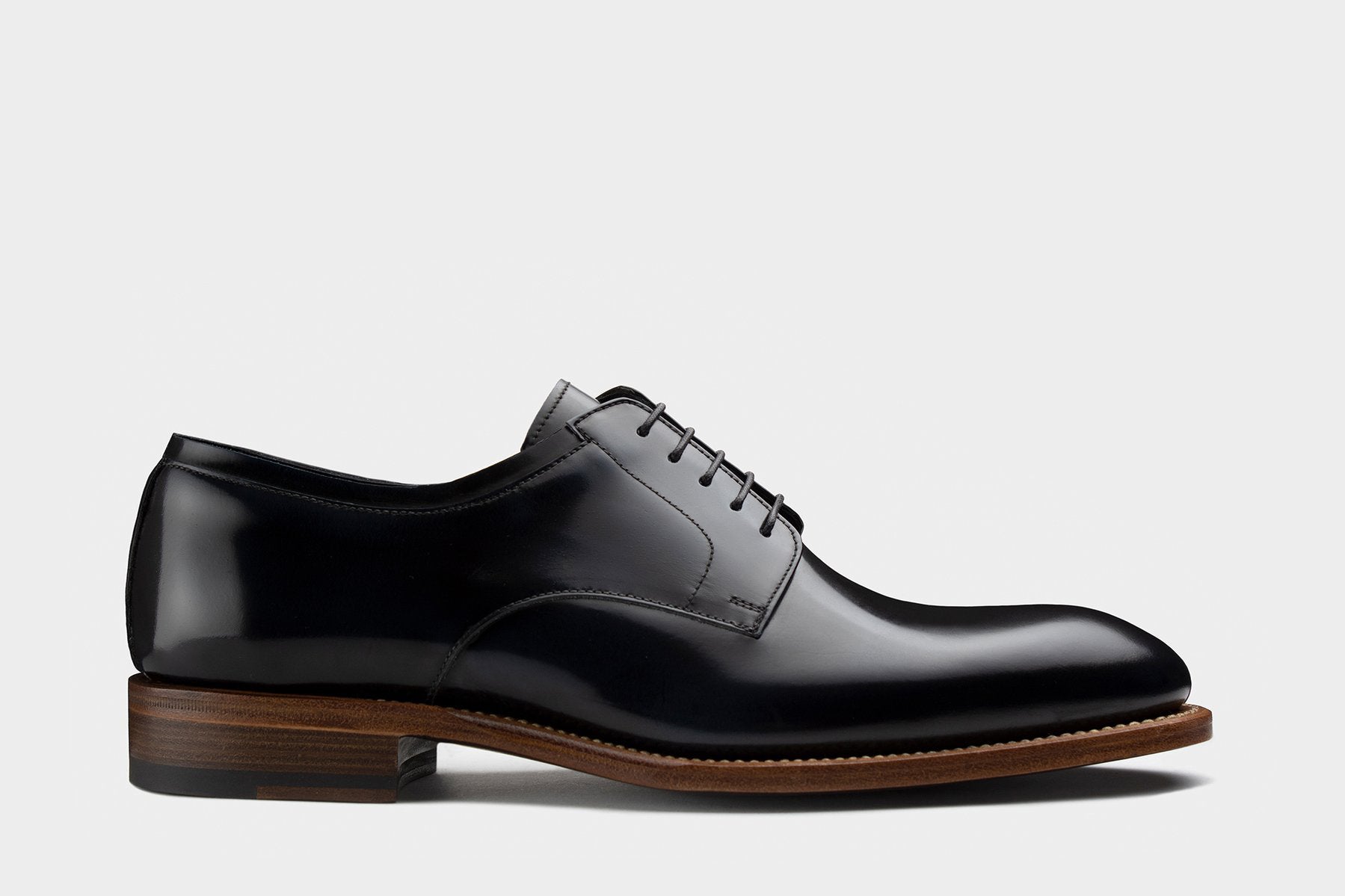
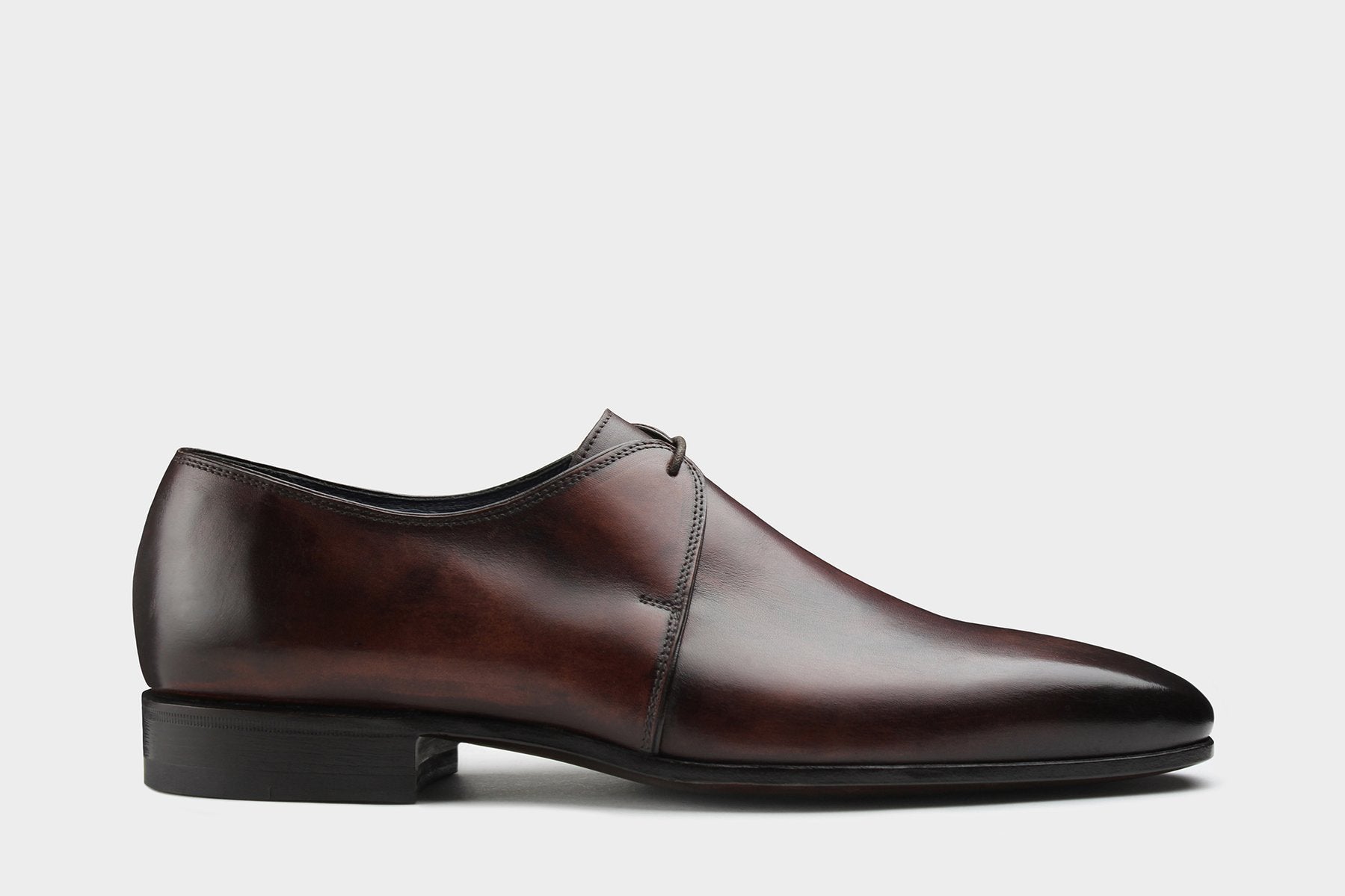
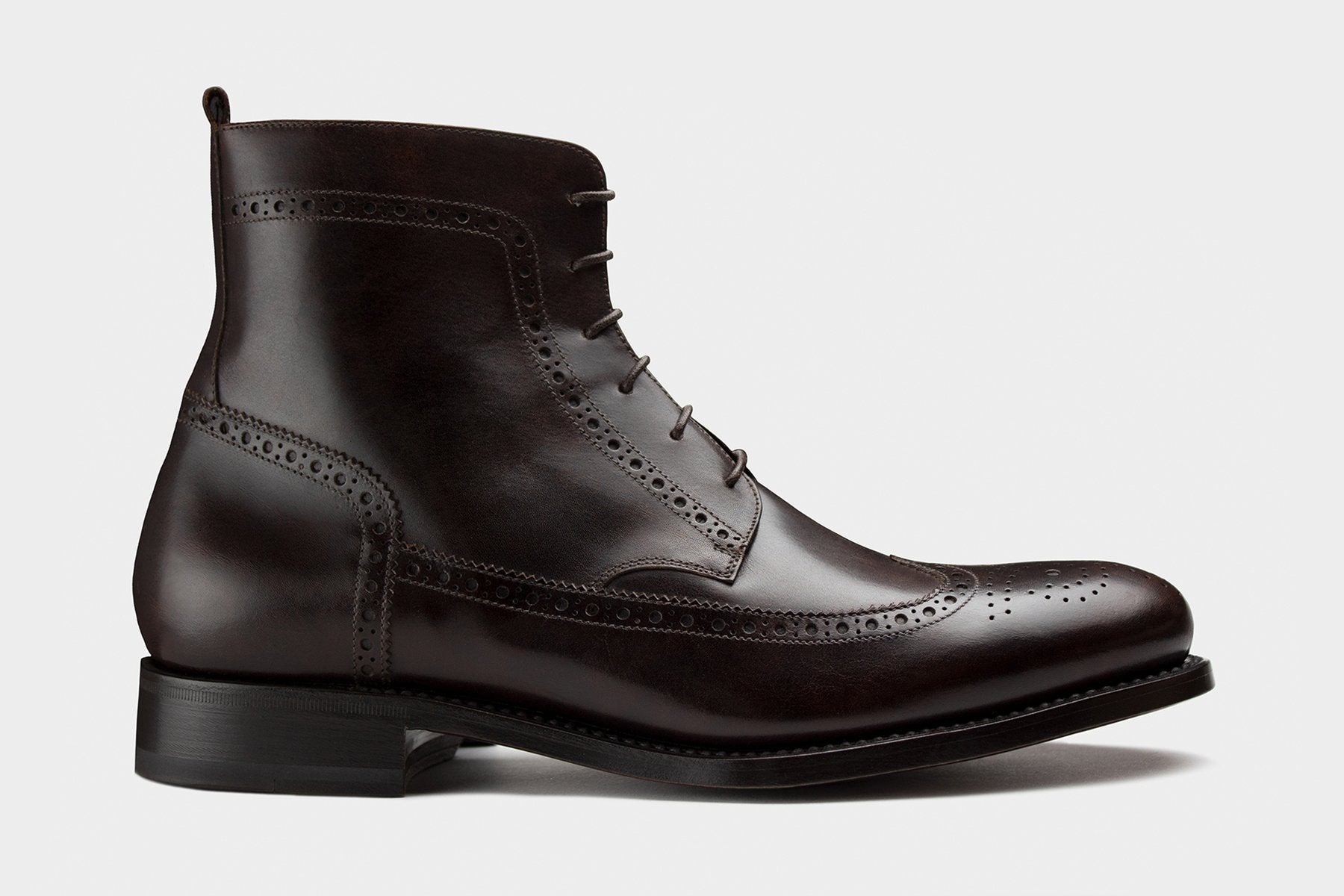
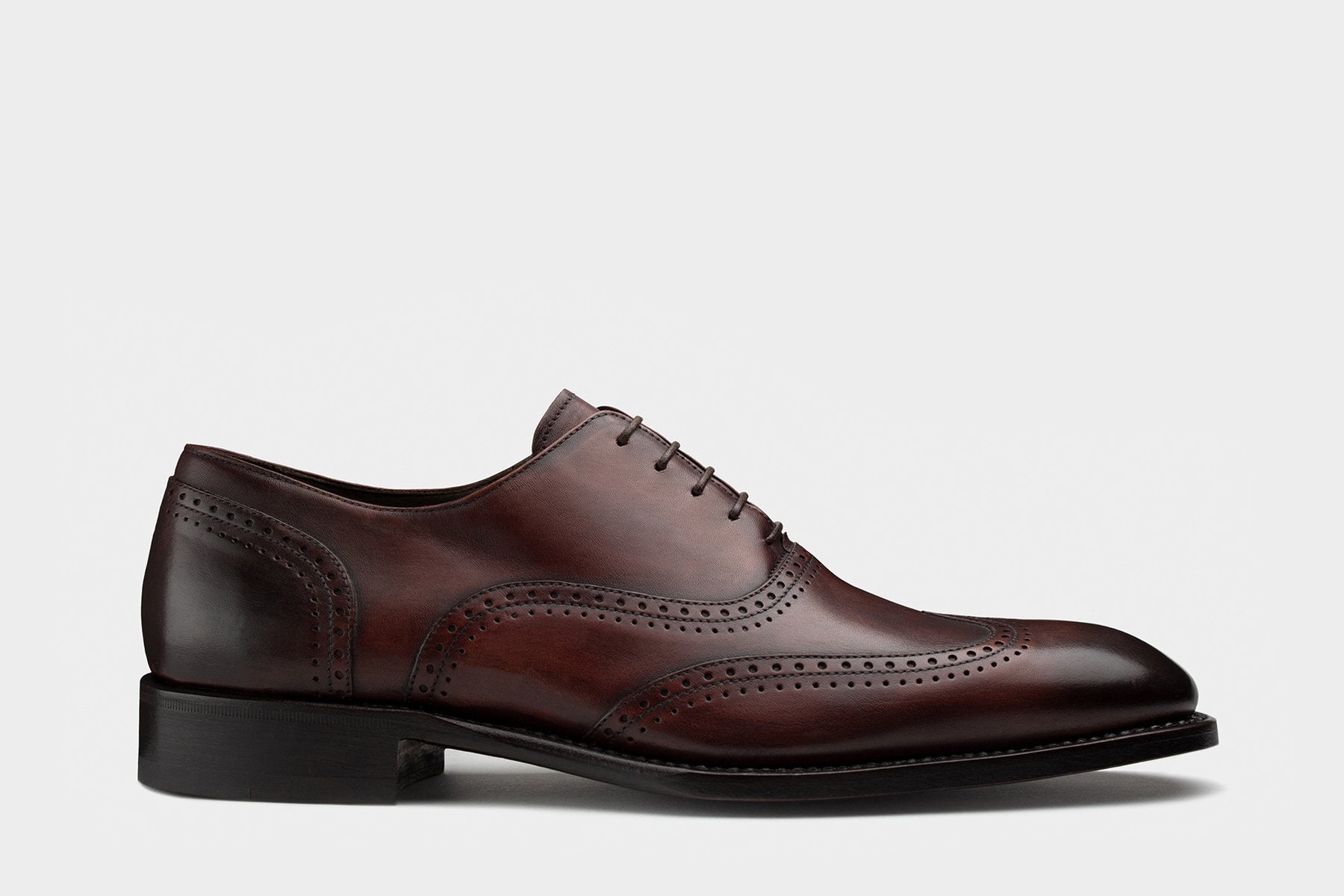
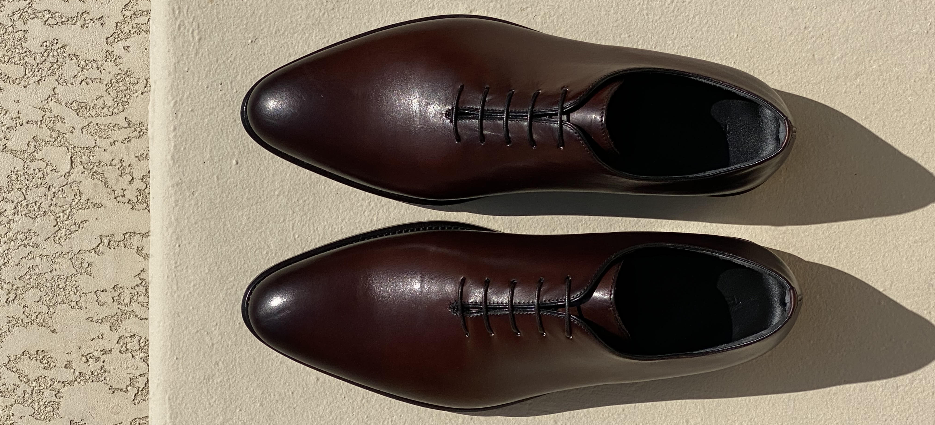
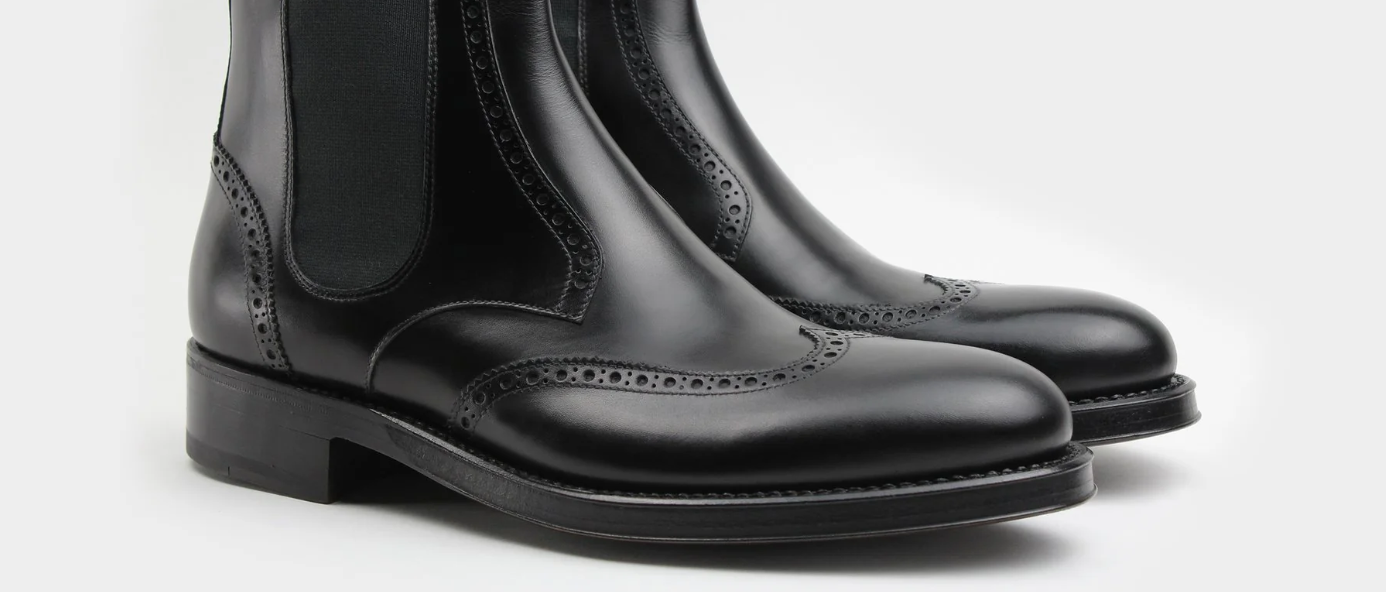
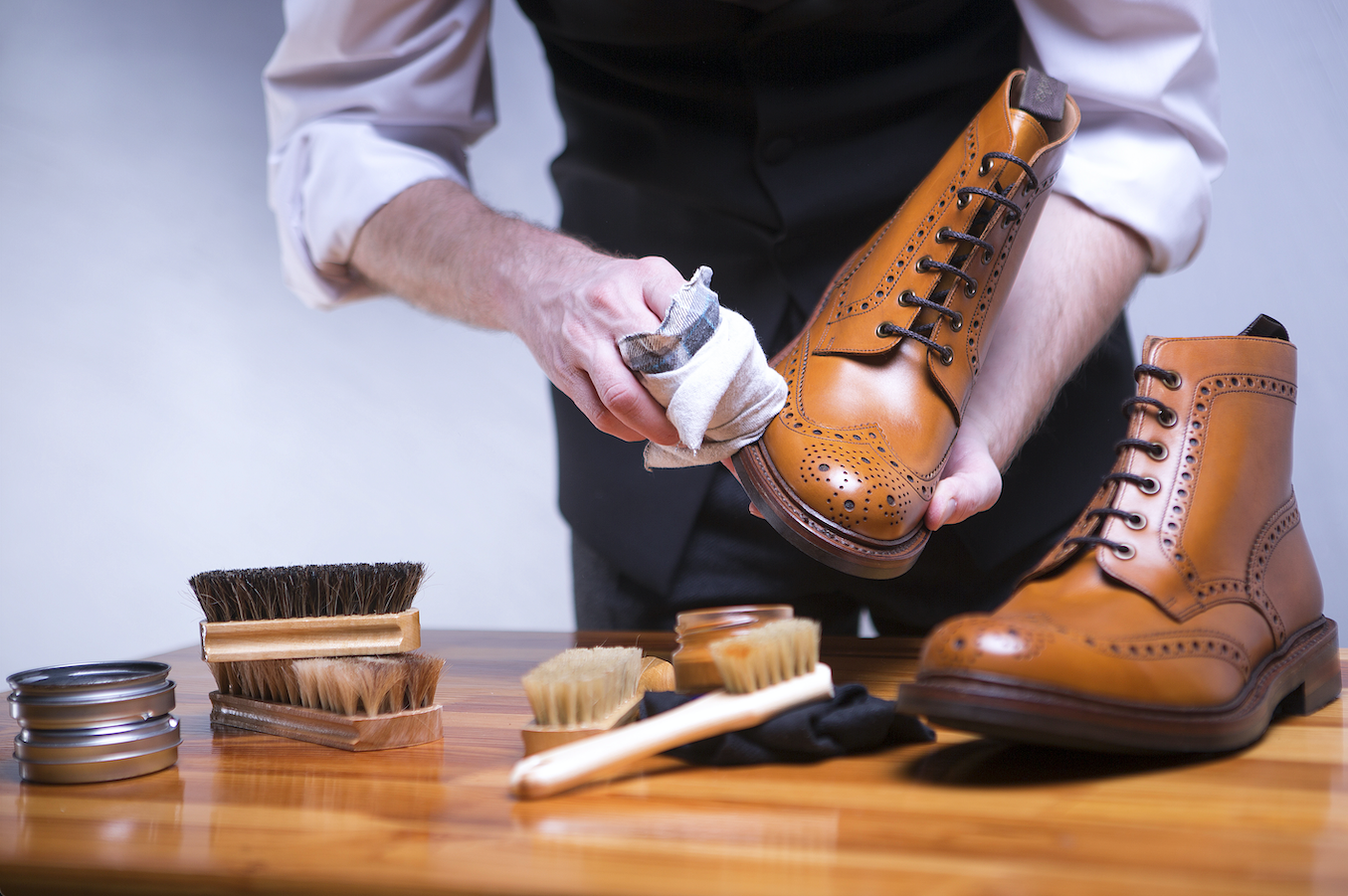

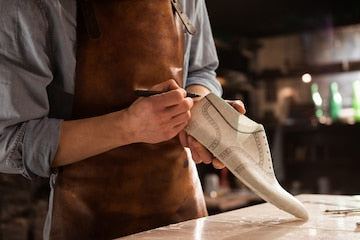
Leave a comment
This site is protected by hCaptcha and the hCaptcha Privacy Policy and Terms of Service apply.